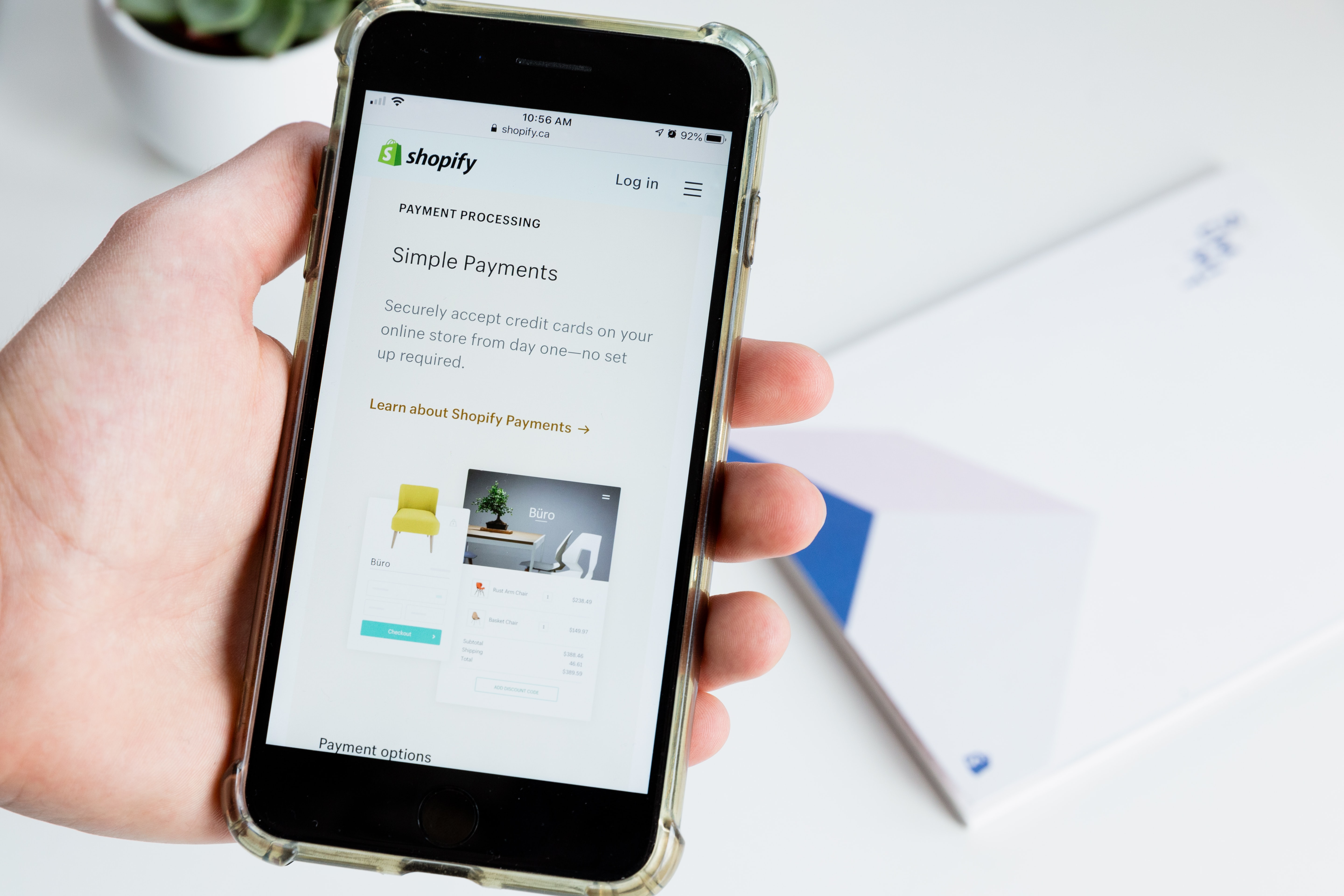Last Updated: 9/28/2021
Improving your Shopify store’s conversion rates starts with benchmarking. Before you start changing and rearranging anything on your website, get clear on two things:
What are the driving metrics for your industry / category?
How do your own metrics compare?
After you’ve gained an understanding of your industry's benchmarks, you can look at Shopify’s analytics dashboard to get a clear view of your own site’s full conversion funnel with metrics like: Added to Cart, Reached Checkout, and Purchased. Once you’ve got an understanding of what your conversion rate is and where it needs to be, you and your team can set some goals. Read on for the top five ways to improve your Shopify conversion rate.
1. Improve page speed, especially on mobile
Page speed is a major issue when it comes to optimizing conversion rate on your Shopify store, and these days, mobile performance is a top factor. Data from a dozen case studies showed that smartphone users expect a page to load in 4 seconds or less. And according to KissMetrics, 47% of shoppers expect a mobile web page to load within two seconds, 40% abandon the site if their wait exceeds three seconds, and each additional second of loading time results in a 7% reduction in conversions. So, a mobile-friendly site won’t be enough to capture sales, it definitely needs to be fast too. Some of the main ways you can improve page speed are:
Compressing and reducing image file sizes
Leveraging a Content Delivery Network (CDN)
Minifying or improving HTML, JavaScript, and CSS on your site
For further help on this and a breakdown of ways you can improve your site speed, check out Shopufy’s 15 Ways to Improve Ecommerce Site Performance for Faster Page Speed and Better Sales.
2. Invest in high-quality visual content
Shopify Plus gives merchants the opportunity to showcase multiple, high-quality images as part of the shopping experience. That’s because many case studies from large international brands and marketplaces like eBay have shown that large, high-res images build consumer trust and increase conversion rates. Capturing ibrant, eye-catching product and lifestyle images that capture shoppers’ attention and allow them to zoom in on details of products are worth the investment. Read more about successful Shopify brands like Peepers and Red Dress Boutique that earned double-digit conversion rate increases through upgrades in imagery here.
3. Showcase your social proof
Displaying product reviews, even negative ones, are a must for ecommerce stores in 20201. This study by the Spiegel Research Center found that retailers who displayed their ratings saw conversion rates rise by as much as 270%, with higher priced items benefitting the most. Luckily for Shopify sellers, the platform offers easy-to-install apps like Yotpo, Fera Product Reviews, Judge.me, Loox, Stamped.io and Shopify Reviews that merchants can use to capture reviews on site and via email.
If your product(s) or brand has received media coverage, it’s a good idea to showcase that along the user journey as well. Many brands include a media bar on their homepage with logos, or pull quotes from a writer doing a product review. You can use media coverage to build long-term value across channels, turning a one-time awareness boost into new customers and increase your conversion rate, improve your SEO, drive customer loyalty and build even greater awareness for your brand and high-quality products.
4. Improve the checkout experience
Since shoppers prefer faster page load speeds, it’s no surprise that they also want faster checkout experiences too. Customers want and expect the process to take just a few clicks — especially on a mobile device. Run through multiple test orders to see what your checkout experience is like and if it’s as simple as it can possible be.
Are there any unnecessary form fields?
Are there distractions?
Is your CTA copy strong enough?
Tools like Shopify Pay enable customers to opt-in to save their personal and shipping information, giving them the power to check out with just one tap or click. For higher priced items, “buy now, pay later” options offered through financing apps like Afterpay (recently acquired by Square) or Klarna are must-haves as well.
If you really want to customize this last step in the conversion funnel, you can actually customize the HTML on the Shopify Plus checkout platform with Shopify Scripts. Learn more on that in 15 Ecommerce Checkout Optimizations with Shopify Scripts to Automate & Maximize Conversions.
5. Add personalized discounts and special offers - and automate!
Another powerful way you can use Shopify Scripts to improve your store’s conversion rate is by automating promotions. You can create scripts that automatically calculate and apply discounts in real-time at checkout, rather than using discount codes which are often difficult for mobile customers to enter manually.
A pop-up form with a special offer or promocode is not for every type of brand, but for many stores, it’s a game changer. According to a study by Sumo, the average conversion rate for all pop-ups is 3.09 percent. However, if done well, you can reach the top 10 percent of pop-ups which average a 9.28 percent conversion rate. Shopify apps like Privy and Popupsmart canbe used to easily build out and A/B test pop-ups.
Special offers and sale ideas could include: Free shipping, free gift, a first-time customer discount, a special holiday-themed sale, BOGO, customer loyalty incentives, and many more.



